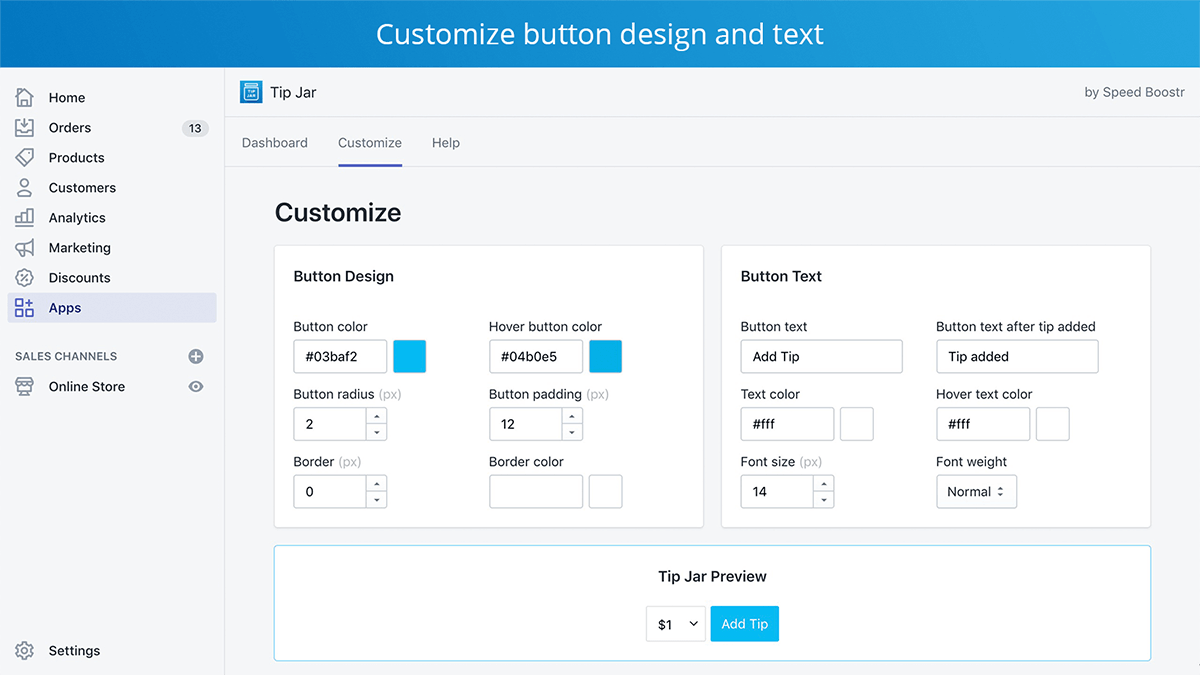
Step #0: What Makes a Good Homepage?Īn ideal ecommerce homepage design contains only high-value elements that add to the user experience, so it’s time to take stock of everything, from copy to images, videos to widgets.
#Shopify minify js how to#
In this tip, we’ll show you how to clear out the dead wood and speed up your Shopify store. Why risk losing customers by making them wait for something they’re never going to see? You already know that people don’t like slow-loading pages. That means their typical customer ignores half of their home page. Even less of the pages are interacted with. The result? Typically only 50% of most stores’ homepage is actually viewed. With this in mind, one of the first things we do when we form a new Grow partnership is study their visitors’ user experience and determine how much of their homepage actually gets viewed. No matter how much optimization you do, it’s a general rule of thumb that more stuff (sections, code, images etc.) =’s a slower page speed. Now all you have to do is repeat this step for each of your tracking codes to speed up your Shopify store.Ĭhapter 2 Ditch the Dead Weight for a Faster Home Page Scroll down to make sure everything looks good, then click “Publish” in the upper-right-hand corner. In the upper-right hand corner, click the blue “Submit” button.īefore you publish, Google Tag Manager wants you to review your changes. You should be back on your dashboard now.

Once that’s done, it’s time to hit the “Save” button. In most cases (say, for site-wide tracking codes), you’ll want to click the default “All Pages” trigger.

If you scroll down from the text block where you just pasted your code, you’ll see a box where you can add a trigger.
#Shopify minify js code#
But if you’re using a service that Google Tag Manager supports, you should use their native integration.įrom there, all you have to do is paste your tracking code in the text box. Click the top block-the Tag Configuration-to add a new tag.įor this example, we’re going to add a Customer HTML tag. Now you get the option to add either a tag or a trigger. Adding Tags in Google Tag Managerįirst, go to Google Tag Manager and select the container you created back in Step 1. Now that you’re set up, it’s time to actually use Google Tag Manager. Now repeat this exact process for the “checkout.liquid” file. You’ll find the tag the same way you found the tag. Now you need to copy the second block of code into the section of “theme.liquid.” When you’re done, your code should look something like this: Now all you have to do is paste your Google Tag Manager code. You need to paste the first Google Tag Manage code block into section of the “theme.liquid” and “checkout.liquid” files.Ĭlick on the file name to open the code in the right editor. Navigate to your Shopify Theme menu on the left-hand sidebar (Sales Channels → Online Store → Themes).įrom there, select “Actions,” then “Edit code”: In a different window, go to your Shopify admin portal (should be /admin).

(A little scared of editing code? Don’t be. Paste the Google Tag Manager Code in Shopify Keep this tab open! You’ll refer to it in the next step. Then click “create.” (Don’t forget to agree to the GDPR conditions checkbox!)Īfter that, you’ll arrive at a new dashboard where a lightbox with your Google Tag Manager tracking code will appear. On the next screen, you’ll need to fill out some information: Create a Google Tag Manager accountĬlick “Create Account” to create an account with GTM. Here’s how to get set up to speed up your Shopify stores: Step #1. It looks like this:īut don’t take our word for it-Airbnb increased their site’s page speed by 8% (and got a better insight into their analytics) after they used Google Tag Manager. Google Tag Manager also loads JavaScript files asynchronously so that they don’t force other elements of the page to wait for them to finish. It loads all the external scripts (tags) your Shopify theme uses in one request instead of making seventeen different HTTP requests. You can think of it as having a Shopify theme inspector. Google Tag Manager is like that, but for your Shopify store.

The amount of time you spend shopping is so much lower because you only need to visit one Shopify store. You don’t have to go to the milk farm to get milk, the chicken farm to get eggs, or the farmer’s market to get vegetables anymore. CHAPTER 1 Streamline Your Shopify Store with Google Tag Managerĭo you ever think about how convenient the supermarket is?Įverything is in one place.


 0 kommentar(er)
0 kommentar(er)
